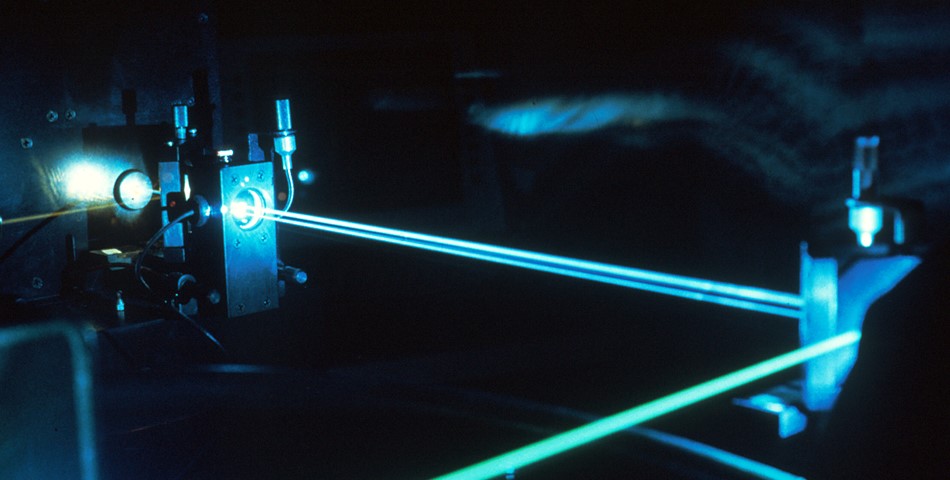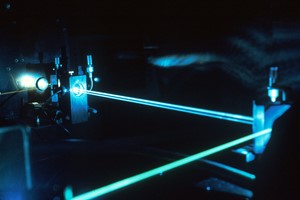Global 3D scanning market is expected to garner $5.7 billion by 2021, registering a CAGR of 13.6% during the forecast period 2016 – 2021, according to Allied and Market research.
3D scanning technology helps to capture high definition details of an object. The technology optimizes the overall requirement of time, cost and efforts while regenerating an object. Hence, it is useful for generating prototypes while manufacturing new models in various industries such as automobile, defense, and consumer goods among others.
3D scanners are developed by using different technologies. Some of them are based on optical image sensing, where as some of them scan the objects by using laser technology.
Structured light scanning is another emerging type of 3D scanning in which light strips are projected onto object and its details are captured. Optical scanners are highly sophisticated in terms of quality of scans; laser scanners are portable solutions and hence commonly found in various applications.
Structured light scanners are less portable; however, capture the details of an object from multiple viewpoints simultaneously. The scanners are basically categorized into short range, medium range and long range. Short range scanners scan the objects within the range of one meter.
Medium range scanners scan the details of objects located within the range of few meters, typically up to ten meters. Long range scanners can scan the objects located within a range of 75 meters.
Researchers at Future Market Insight explain 3D scanners are any device that measure the tangible things using light, laser or x-ray and create dense point clouds or polygon meshes.
3D scanners are also known as 3D digitizers, white light scanners, laser scanners, LIDAR, industrial CT, and others. While some technologies are perfect for short-range scanning, others are better for long- or mid-range scanning.


3D scanning technology finds application at any point in a manufacturing cycle and helps save time, material and money. 3D scanning results in enhanced quality, and improved fitting parts which require less cost for production.
By utilizing 3D scanning, the cost of a typical manufacturing design cycle can be reduced by 75%. 3D scanning offers several advantages such as quick capture of all physical measurements of any physical object, time-saving design work, and assurance of parts manufacturing with precise measurements which is triggering the demand for 3D scanners.
On the basis of type, 3D scanner market can be segmented into optical scanner, laser scanner, and structured light scanner. According to application, 3D scanner market can be segmented into rapid prototyping, face body scanner, quality inspection, reverse engineering and other applications.
3D Scanner market can be segmented according to vertical which includes manufacturing, media & entertainment, healthcare, and aerospace & defense. North America accounted for a major percentage of the global 3D scanner market in 2014.
Structured light scanner is expected to create favorable opportunities for 3D scanner manufacturers over the forecast period. Latin America and Asia Pacific are expected to contribute significantly to global market growth over the projection period.
Technological advancement and development of handheld 3D scanners is expected to drive growth of global 3D scanner market. Face/body scanners are expected to gain traction during the projection period with widening applications in healthcare industry.
However, high initial prices of 3D scanners are limiting the industrial adoption of the product and is expected to be a restraint for the global 3D scanner market during the forecast period.











